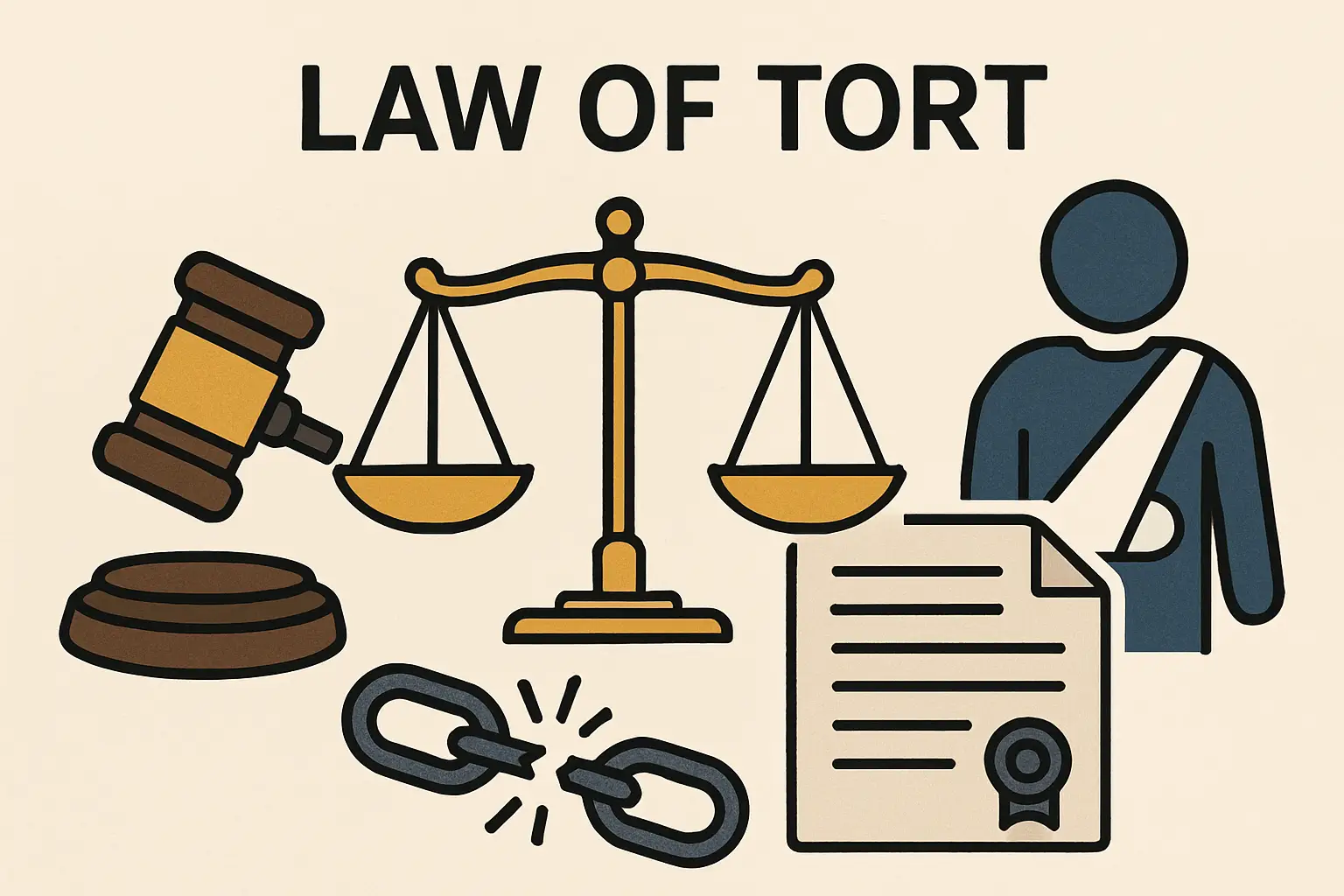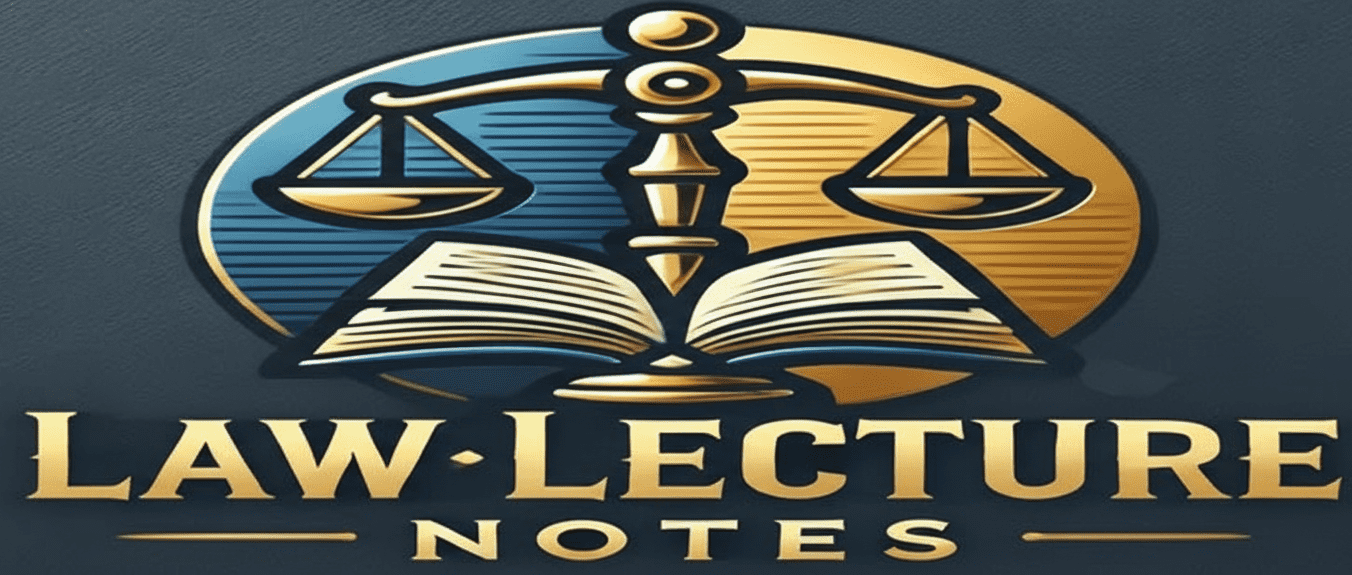
Historically, the concept of torts under Hindu and Muslim law was limited in comparison to its broad interpretation in English law. In these indigenous legal systems, responding to crimes took precedence over the compensation for private wrongs. The contemporary framework of Indian tort law, in contrast, owes much of its shape to the influence of English law, tailored by legislative changes and adapted to suit Indian realities.
British Introduction of Tort Concepts
The transformation began with the arrival of the British judicial system. The earliest British institutions—namely, Mayor’s Courts—were established during the 18th century in Calcutta, Madras, and Bombay. These courts were mandated to resolve disputes in accordance with “justice and right,” a broad principle that officers interpreted by drawing from English common law and statutory provisions, as appropriate for Indian society.
As time progressed, Supreme Courts modeled after the English King’s Bench replaced Mayor’s Courts in the presidency towns, and these were, in turn, succeeded by High Courts. English common law, including the law of torts, was thereby introduced and applied, particularly in the original civil jurisdiction of these high courts.
Beyond Major Cities: “Justice, Equity, and Good Conscience”
Outside these major cities, most Indian courts were created by local statutes. In the absence of specific legislation or established customs, these statutes directed courts to decide cases based on “justice, equity, and good conscience.” The Privy Council interpreted this phrase as an endorsement to use English legal rules, when relevant and apt for Indian society—a principle gradually extended to appellate divisions as well.
Importantly, Section 9 of the Code of Civil Procedure permits civil courts to adjudicate all civil matters, indirectly enabling the application of tort law where guided by principles of fairness.
Selective Adaptation of English Law
India’s approach to the adoption of English tort law has always been discerning rather than wholesale. Courts assess whether a rule from English law—whether common or statutory—meets the tests of justice and suitability for Indian circumstances. If English statutes provide more equitable solutions, Indian courts have sometimes adopted such provisions even without parallel Indian legislation—for instance, in cases borrowing elements from the Law Reform (Contributory Negligence) Act, 1945.
On occasion, however, Indian courts have opted against implementing English precedents or statutes, especially when these are seen as conflicting with local notions of fairness and justice.
Evolution and Indigenous Growth
English common law is characterized by its ability to evolve and adapt to new societal needs. Indian courts embrace this flexibility, applying and even expanding legal principles as required by contemporary conditions rather than treating English law as dogma. Notably, the Supreme Court of India has advanced new doctrines of liability for hazardous industries, surpassing English standards when necessary to address local realities. The judiciary consistently acknowledges that India must craft its own legal solutions, even while drawing insights from abroad, to meet evolving societal challenges.
Conclusion
In sum, the present law of torts in India is derived from English legal traditions but operates through the filter of Indian statutes, court interpretations, and sensitivity to local conditions. The doctrine of justice, equity, and good conscience remains central, ensuring the continued growth and relevancy of tort law in Indian society.
